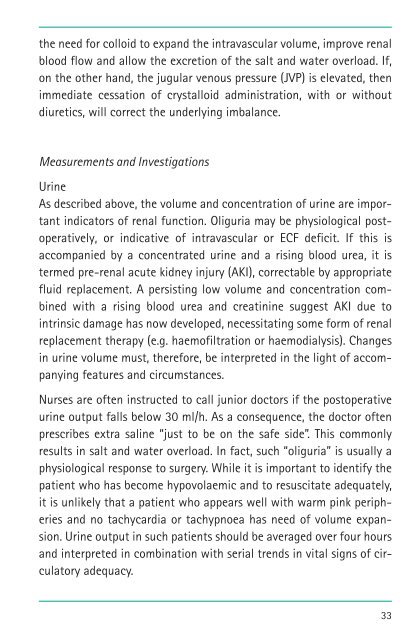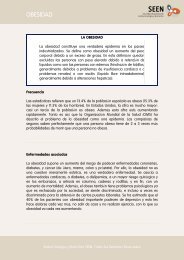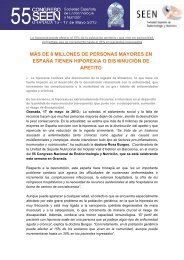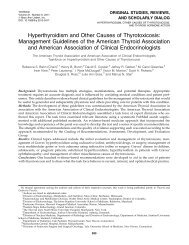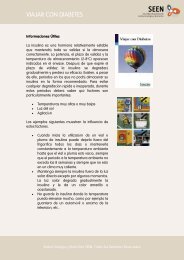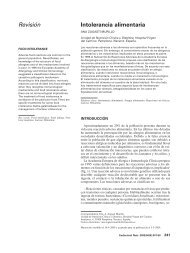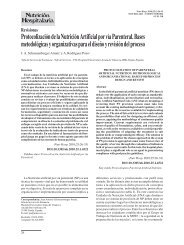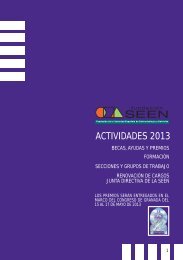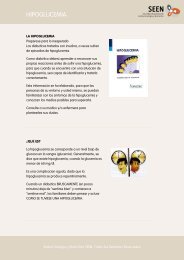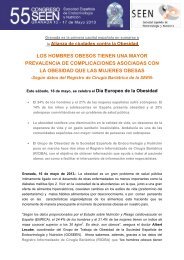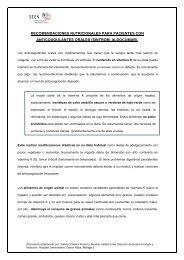Basic Concepts of Fluid and Electrolyte Therapy
Basic Concepts of Fluid and Electrolyte Therapy
Basic Concepts of Fluid and Electrolyte Therapy
Create successful ePaper yourself
Turn your PDF publications into a flip-book with our unique Google optimized e-Paper software.
the need for colloid to exp<strong>and</strong> the intravascular volume, improve renal<br />
blood flow <strong>and</strong> allow the excretion <strong>of</strong> the salt <strong>and</strong> water overload. If,<br />
on the other h<strong>and</strong>, the jugular venous pressure (JVP) is elevated, then<br />
immediate cessation <strong>of</strong> crystalloid administration, with or without<br />
diuretics, will correct the underlying imbalance.<br />
Measurements <strong>and</strong> Investigations<br />
Urine<br />
As described above, the volume <strong>and</strong> concentration <strong>of</strong> urine are important<br />
indicators <strong>of</strong> renal function. Oliguria may be physiological postoperatively,<br />
or indicative <strong>of</strong> intravascular or ECF deficit. If this is<br />
accompanied by a concentrated urine <strong>and</strong> a rising blood urea, it is<br />
termed pre-renal acute kidney injury (AKI), correctable by appropriate<br />
fluid replacement. A persisting low volume <strong>and</strong> concentration combined<br />
with a rising blood urea <strong>and</strong> creatinine suggest AKI due to<br />
intrinsic damage has now developed, necessitating some form <strong>of</strong> renal<br />
replacement therapy (e.g. haem<strong>of</strong>iltration or haemodialysis). Changes<br />
in urine volume must, therefore, be interpreted in the light <strong>of</strong> accompanying<br />
features <strong>and</strong> circumstances.<br />
Nurses are <strong>of</strong>ten instructed to call junior doctors if the postoperative<br />
urine output falls below 30 ml/h. As a consequence, the doctor <strong>of</strong>ten<br />
prescribes extra saline “just to be on the safe side”. This commonly<br />
results in salt <strong>and</strong> water overload. In fact, such “oliguria” is usually a<br />
physiological response to surgery. While it is important to identify the<br />
patient who has become hypovolaemic <strong>and</strong> to resuscitate adequately,<br />
it is unlikely that a patient who appears well with warm pink peripheries<br />
<strong>and</strong> no tachycardia or tachypnoea has need <strong>of</strong> volume expansion.<br />
Urine output in such patients should be averaged over four hours<br />
<strong>and</strong> interpreted in combination with serial trends in vital signs <strong>of</strong> circulatory<br />
adequacy.<br />
33


